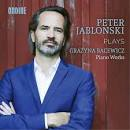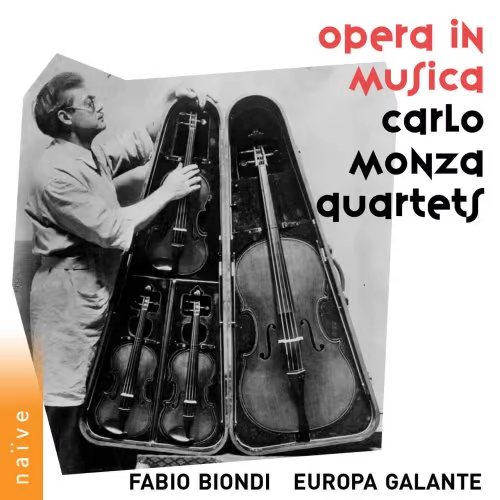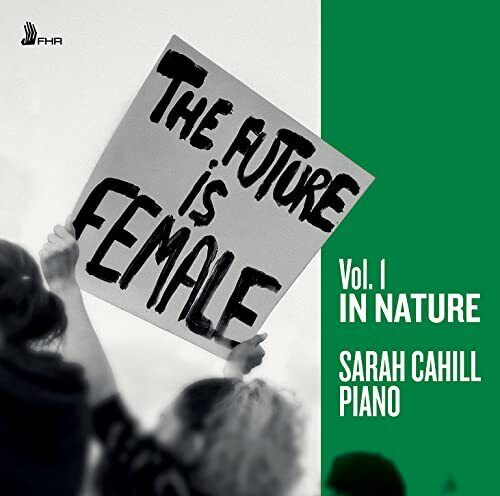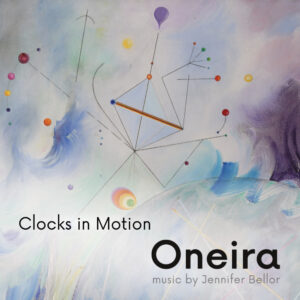When we sometimes get smug and think we know it all, then maybe a CD comes our way and we learn to listen again as if for the first time. I can say happily that the album Mosaic (Blue Griffin BGR 609) with the sterling and ravishing playing of Wenting Kang on viola (most ably accompanied by pianist Sergei Kvitko) has awoken me with a kind of renewed appreciation of what the viola can be in addition to showing wonderfully well the beautiful and beautifully rendered repertoire featured here.
What this album so nicely hands to us are a series of works originally intended for viola or otherwise adapted to the viola and piano instrumentation, that notably uncover some of the fertile interflows between Spanish and French musical lifeways.
Many of the works here will be quite familiar to any dedicated listener to the early 20th Century repertoire. The album excels in its wise choice of interrelated works but then too in its ravishing readings of the works.
Wenting Kang is a viola exponent of true brilliance. She is patently lyrical without being gushing or cloying. There is a steady beauty of vibrato and burnished tone and she is in the mind to express her part with the utmost in feeling but not with the mannerism that too many string solosts brought with them from the Romantic Era, especially in the recorded repertoire through the 50s if not further and closer to our time, even perhaps through to today.
Perhaps it is an oversimplification to say that the music has a kind of special synthesis between Spanish melodic power and French atmospherics and harmonic girth. Surely that nexus is articulated as well as anywhere by these Kang and Kvitko readings.
The works take on a special life here thanks to the performances. We all doubtless know a good amount of this, but at times nicely transformed, as in the Ravel "Pavel pour une infante defunte" as transcribed for viola and piano by Borisovsky.
One finds much to appreciate in the close readings of it all, with some choice Debussy, Tarrega, Ravel, Faure, Albeniz, and de Falla, but then a nice little surprise by Pablo Casals and an unexpected gem in the unaccompanied viola work by Akira Nishimura (b. 1953) "Fantasia On Song of the Birds."
It hit me from the moment I put it on, with the familiarity underscoring the beautiful performances, and the unknown few also telling us that while giving us fresh music to consider.
Wenting Kang has the sort of presence you might feel when listening to Heufitz, a sound original with a kind of musical aura. I cannot imagine a violist topping this series of performances,. Ms. Kang clearly triumphs. Bravo!











